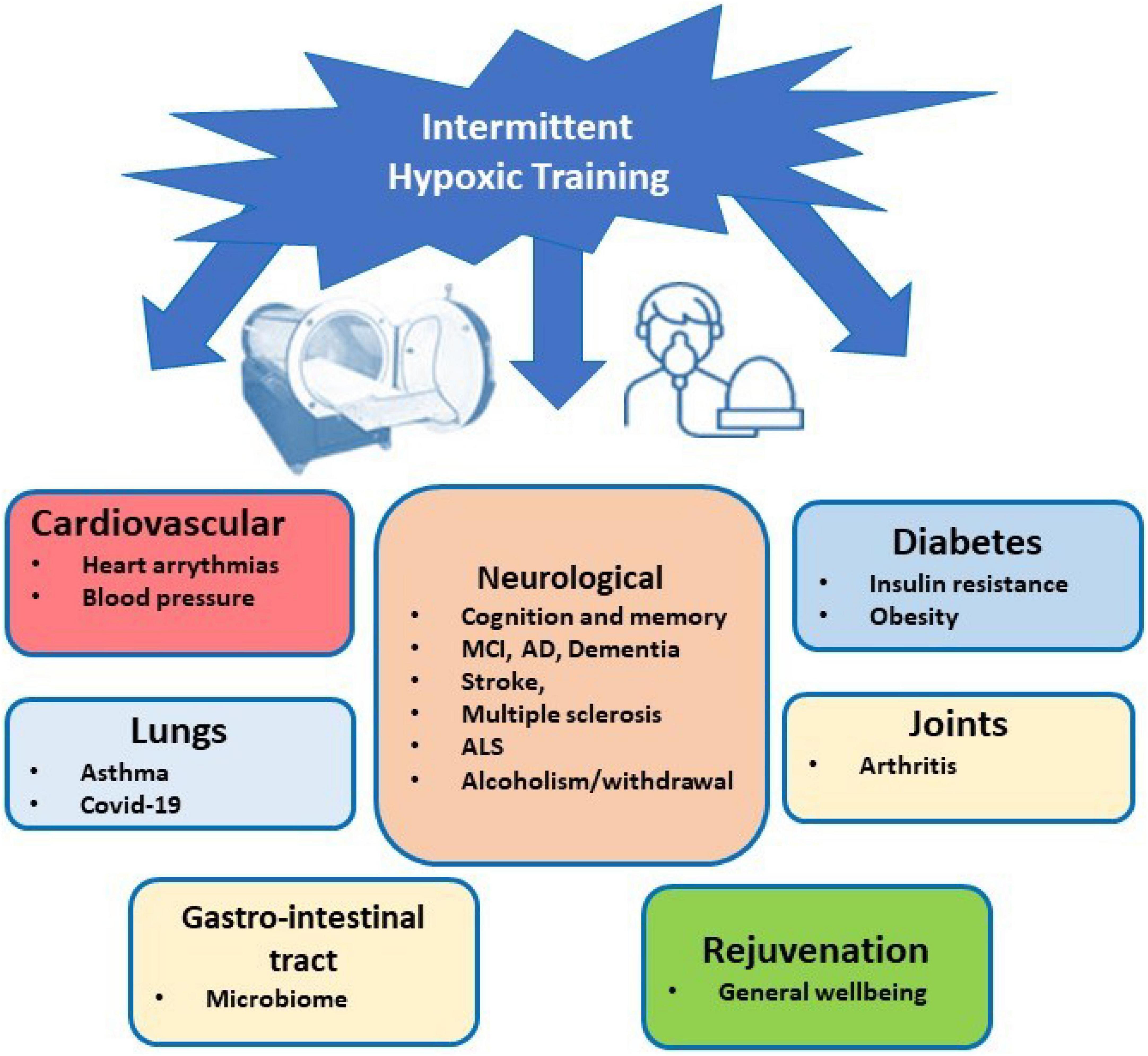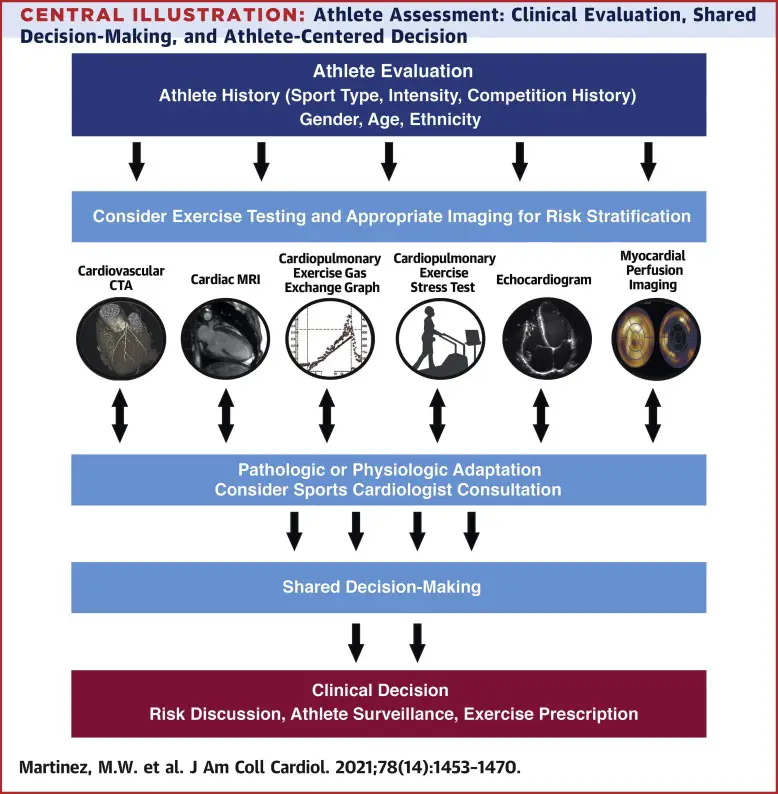A common adaptation to cardiovascular training is an increase in aerobic capacity. This means your body becomes more efficient at using oxygen.
Cardiovascular training, often called cardio, includes activities like running, cycling, and swimming. These exercises elevate your heart rate and improve overall heart health. Consistent cardio workouts lead to several physiological changes. Your heart becomes stronger, pumping blood more efficiently. Blood vessels expand, enhancing oxygen delivery to muscles.
This boosts endurance, allowing you to exercise longer and harder. Regular cardio also helps in weight management by burning calories. Improved mood and reduced stress levels are additional benefits. Overall, cardiovascular training offers a comprehensive way to enhance physical fitness and well-being. Engage in cardio exercises regularly for a healthier lifestyle.

Credit: m.youtube.com
Enhanced Cardiovascular Efficiency
Enhanced cardiovascular efficiency is a key benefit of regular cardiovascular training. This improvement means your heart and blood vessels work better. This results in better overall health and more stamina. Let’s dive into two main aspects: improved heart function and increased blood flow.
Improved Heart Function
Cardiovascular training strengthens the heart muscle. A strong heart pumps blood more effectively. This means fewer beats are needed to circulate blood. This efficiency reduces the heart’s workload.
Here are some benefits of improved heart function:
- Lower resting heart rate: A sign of heart efficiency.
- Increased stroke volume: More blood pumped per beat.
- Better oxygen delivery: Muscles get more oxygen.
Increased Blood Flow
Regular cardio boosts blood flow throughout the body. This means more oxygen and nutrients reach your muscles. Blood vessels also become more flexible. Flexible vessels reduce blood pressure.
Benefits of increased blood flow include:
- Improved muscle performance: Muscles work longer with more oxygen.
- Faster recovery: Reduces muscle soreness after exercise.
- Better waste removal: Body removes toxins more effectively.
Below is a table summarizing these benefits:
| Benefit | Description |
|---|---|
| Lower resting heart rate | Heart works less hard at rest. |
| Increased stroke volume | More blood pumped per beat. |
| Improved muscle performance | Muscles last longer during activity. |
| Faster recovery | Less muscle soreness post-exercise. |
| Better waste removal | Efficient toxin elimination. |
Engaging in regular cardiovascular exercise leads to these amazing benefits. Your heart and blood flow improve significantly. This makes daily activities easier and more enjoyable.
Boosted Respiratory Capacity
Cardiovascular training significantly improves your respiratory system. It enhances how your body uses oxygen. This results in boosted respiratory capacity. This improvement can be seen in your lung capacity and oxygen utilization.
Lung Capacity Expansion
Cardio exercises like running and swimming expand lung capacity. Your lungs can take in more air. This helps you breathe easier and more efficiently. Larger lung capacity means more oxygen is available to your muscles.
Here’s a table that shows common cardio exercises and their impact on lung capacity:
| Exercise | Impact on Lung Capacity |
|---|---|
| Running | High |
| Swimming | Very High |
| Cycling | Moderate |
| Brisk Walking | Low |
Better Oxygen Utilization
Cardio training makes your body use oxygen better. Your cells get more efficient at using oxygen. This means you can exercise longer without feeling tired. Better oxygen utilization also helps in faster recovery.
Here are some benefits of better oxygen utilization:
- Increased stamina
- Reduced fatigue
- Improved overall health
To sum up, boosted respiratory capacity from cardiovascular training offers significant health benefits. It makes your lungs stronger and improves how your body uses oxygen.
Muscular Endurance
Muscular endurance is the ability of muscles to sustain repeated contractions. This is crucial for activities like running, cycling, or swimming. Cardiovascular training plays a significant role in enhancing muscular endurance.
Strengthened Muscle Fibers
Cardiovascular training strengthens muscle fibers. This process involves slow-twitch muscle fibers. These fibers are responsible for endurance activities. They produce energy more efficiently. This allows muscles to work longer without fatigue.
Strengthened muscle fibers can resist fatigue better. They also recover faster. This is crucial for improving overall performance. Enhanced muscle fibers increase the efficiency of your workouts.
Delayed Fatigue
Regular cardiovascular training delays muscle fatigue. Your muscles become more efficient at using oxygen. This means they can work longer before getting tired.
Delayed fatigue is important for long-duration activities. It allows you to push harder and achieve better results. Your muscles adapt to the increased workload, becoming more resilient.
Improved muscular endurance leads to better overall fitness. It enhances your ability to perform daily tasks with ease. This makes a significant difference in your quality of life.
Metabolic Adaptations
Cardiovascular training brings many changes to your body. One of the most important changes is metabolic adaptations. These changes help your body use energy better during exercise. Let’s explore two key areas: enhanced energy production and improved fat oxidation.
Enhanced Energy Production
During cardio workouts, your body needs more energy. Your muscles get better at making this energy. This is called enhanced energy production. Here are some ways your body improves:
- More mitochondria in your muscles. These are the powerhouses that make energy.
- Better oxygen delivery to your muscles. This helps in energy production.
- Increased enzymes that help make energy faster.
These changes help you exercise longer and harder. Your body becomes more efficient at using energy.
Improved Fat Oxidation
Another key change is improved fat oxidation. This means your body gets better at burning fat for energy. Here are some benefits:
- More fat-burning enzymes in your muscles.
- Better transport of fats to your muscles.
- Increased ability to use fat during exercise.
With improved fat oxidation, you can save your muscle energy for longer workouts. This is especially helpful for endurance activities like running and cycling.
| Adaptation | Benefit |
|---|---|
| Enhanced Energy Production | More energy for longer workouts |
| Improved Fat Oxidation | Better fat burning for energy |
Psychological Benefits
Engaging in cardiovascular training offers numerous psychological benefits. Regular cardio workouts can transform your mind and body. Here, we explore some key mental advantages.
Increased Mental Toughness
Cardiovascular training helps build mental toughness. You learn to push through discomfort. This mental resilience translates to other life areas. It teaches you to face challenges head-on.
Regular cardio requires discipline. Sticking to a routine strengthens your willpower. This increased mental strength can improve your work and personal life.
Reduced Stress Levels
Cardio workouts are great for reducing stress. Exercise releases endorphins, which are natural stress-busters. These chemicals make you feel happier and more relaxed.
Regular cardiovascular exercise can lower stress hormones. It promotes a sense of calm and well-being. This can lead to better sleep and improved focus.
| Psychological Benefits | Impact |
|---|---|
| Mental Toughness | Improved resilience and discipline |
| Reduced Stress Levels | Lower stress and increased happiness |
By engaging in regular cardiovascular training, you gain these important psychological benefits. This enhances your overall quality of life.
Improved Recovery Rates
One of the most significant benefits of cardiovascular training is improved recovery rates. Regular cardio workouts enhance your body’s ability to heal and bounce back quicker after intense physical activity. This adaptation not only ensures you stay active but also reduces downtime between workouts.
Faster Muscle Repair
Cardiovascular training increases blood flow to your muscles. This enhanced circulation delivers more oxygen and nutrients to the muscle tissues. As a result, damaged muscle fibers repair faster. This process helps in the quick regeneration of muscle cells, speeding up recovery.
Increased blood flow also flushes out waste products like lactic acid. This reduces the chance of muscle fatigue and soreness. Thus, regular cardio can improve your overall muscle health.
Reduced Soreness
Another benefit of cardiovascular training is the reduction of muscle soreness. Post-exercise soreness, also known as DOMS (Delayed Onset Muscle Soreness), can be quite uncomfortable. Engaging in consistent cardio exercises helps your body adapt and reduces the intensity of DOMS.
This means you experience less pain after workouts, making it easier to maintain a regular exercise routine. Reduced soreness also means you can engage in other physical activities without discomfort.
| Benefit | Impact on Recovery |
|---|---|
| Faster Muscle Repair | Speeds up muscle cell regeneration and repairs damaged fibers. |
| Reduced Soreness | Lessens the intensity of DOMS, making workouts more manageable. |
Weight Management
Engaging in cardiovascular training not only improves heart health but also aids in weight management. This section delves into how cardiovascular exercises help you manage your weight effectively.
Caloric Burn
Cardiovascular activities like running, cycling, and swimming burn a significant number of calories. Burning more calories than you consume leads to weight loss. For example, a 30-minute run can burn up to 300 calories.
Here’s a table showing the caloric burn for different activities:
| Activity | Calories Burned (30 mins) |
|---|---|
| Running | 300 |
| Cycling | 250 |
| Swimming | 200 |
Lean Muscle Mass
Cardiovascular training helps in maintaining lean muscle mass. This is crucial for weight management. Lean muscle burns more calories at rest compared to fat tissue.
Here are some benefits of maintaining lean muscle mass:
- Increases metabolic rate
- Improves overall body composition
- Enhances physical appearance
Combining cardiovascular exercises with strength training offers the best results. Aim for at least 150 minutes of moderate cardio weekly. Include two strength training sessions to build and maintain muscle.

Credit: m.youtube.com
Enhanced Athletic Performance
Cardiovascular training leads to enhanced athletic performance. This improvement comes through various adaptations in the body. These adaptations include better speed and agility, and increased endurance. Let’s explore these benefits in detail.
Better Speed And Agility
With regular cardiovascular training, athletes experience better speed and agility. Training helps muscles react faster. It also improves coordination between muscles and the brain.
Here are some key benefits:
- Faster muscle response times
- Improved coordination and balance
- Enhanced reflexes
These improvements help athletes change directions quickly. They also help in maintaining balance during fast movements.
Increased Endurance
Cardiovascular training significantly boosts increased endurance. This means athletes can perform activities for longer periods without getting tired.
Key benefits of increased endurance include:
- Longer workout sessions
- Reduced fatigue
- Better overall stamina
These benefits are crucial for athletes who engage in prolonged activities. Activities such as marathon running, cycling, and swimming are examples.
In summary, cardiovascular training leads to better speed, agility, and increased endurance. These adaptations enhance overall athletic performance.

Credit: www.frontiersin.org
Frequently Asked Questions
What Are The Adaptations Of The Cardiovascular System To Exercise?
Exercise increases heart efficiency, strengthens the heart muscle, and improves blood circulation. Capillary density in muscles rises, enhancing oxygen delivery. Resting heart rate decreases, while stroke volume increases, boosting cardiac output.
What Is A Common Adaptation To Cardiovascular Training Weegy?
A common adaptation to cardiovascular training is increased heart efficiency. This means the heart pumps more blood per beat, enhancing overall cardiovascular health.
What’s A Common Adaptation To Cardiovascular Training Brainly?
A common adaptation to cardiovascular training is improved heart efficiency. The heart pumps more blood per beat.
Which Of The Following Is An Adaptation To Regular Cardiovascular Training?
Regular cardiovascular training increases heart efficiency, lowers resting heart rate, and improves lung capacity. It also enhances blood circulation and stamina.
Conclusion
Regular cardiovascular training leads to improved heart health and increased stamina. Consistent workouts enhance oxygen efficiency and endurance. These adaptations contribute to overall well-being and fitness. Embrace cardio exercises to enjoy these benefits and support a healthier lifestyle. Keep training to experience continuous improvements in your cardiovascular system.


Comments are closed.